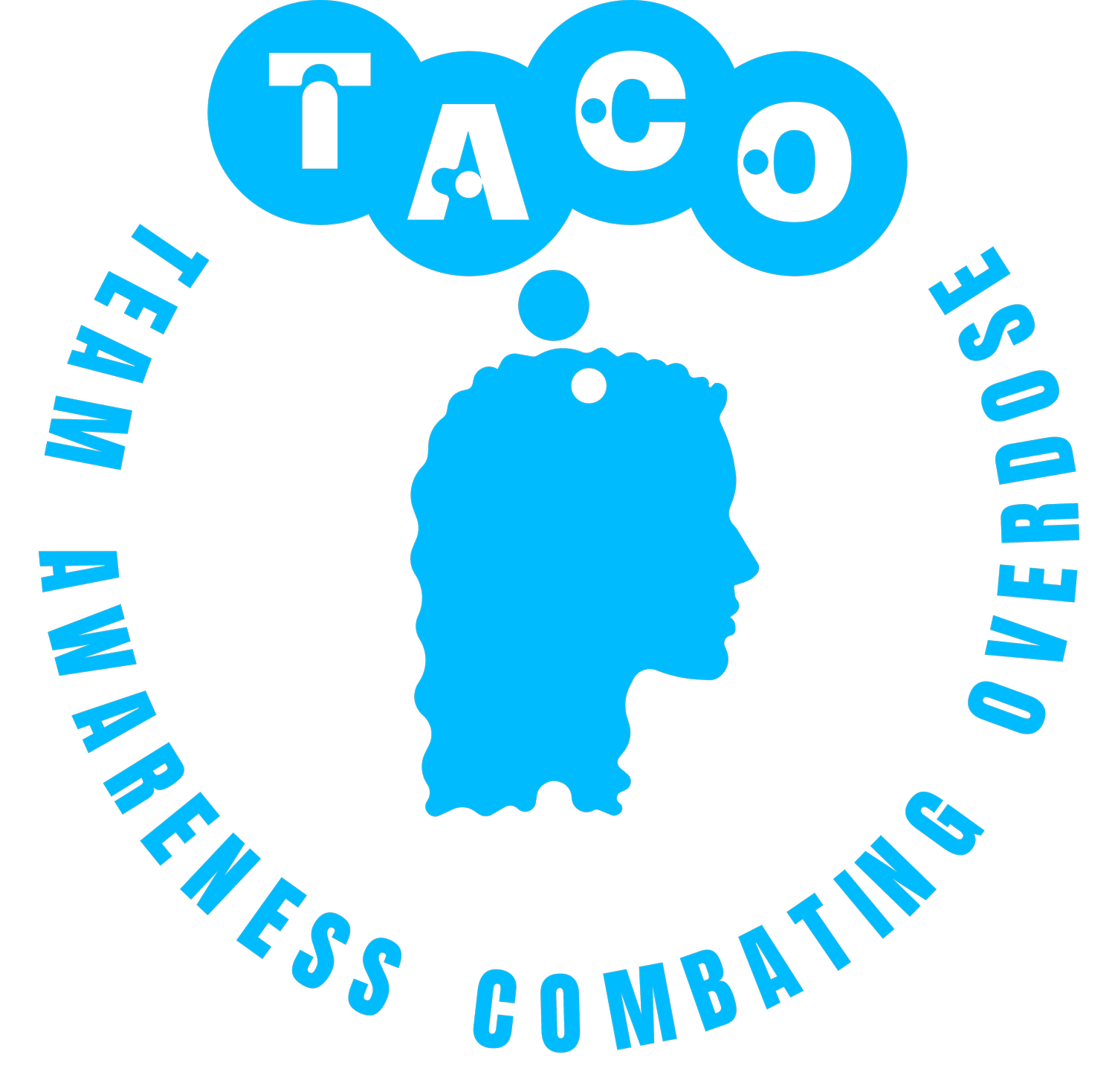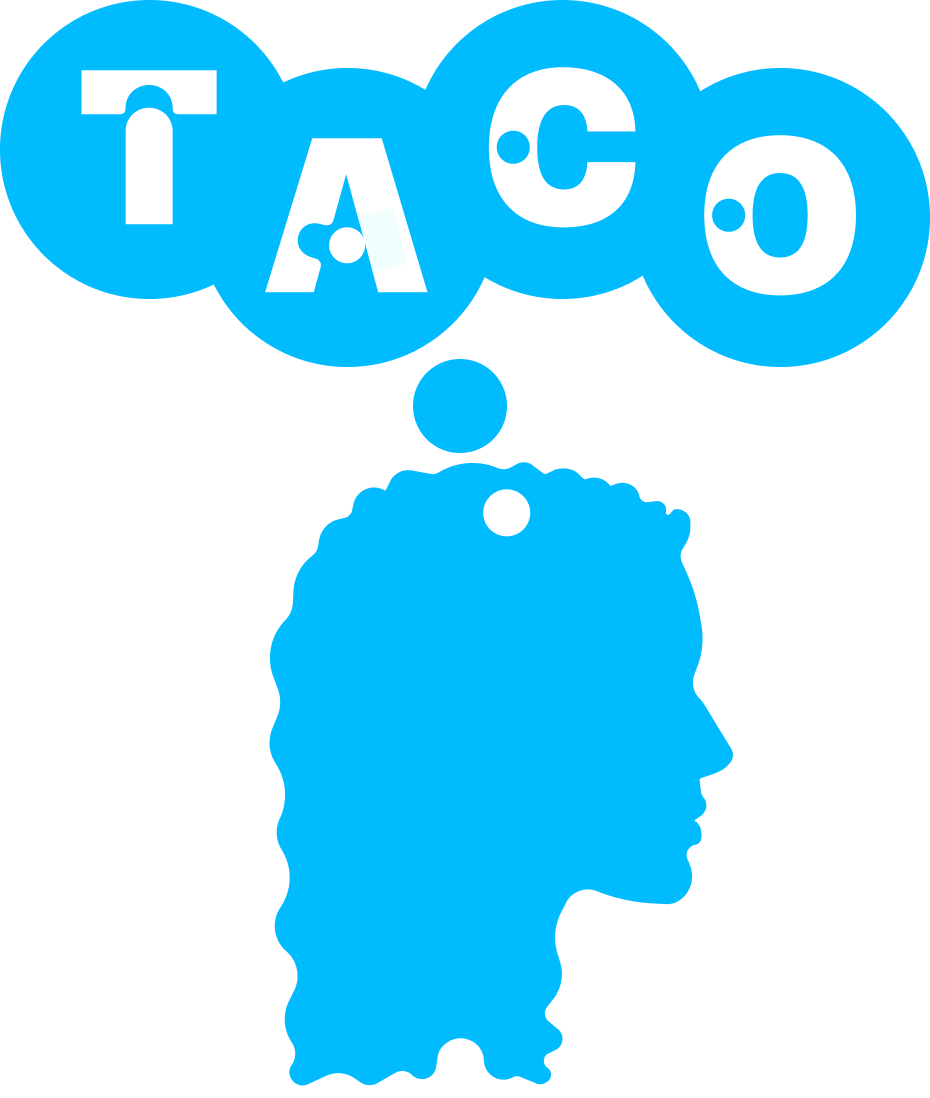What is Vicodin?
What even is that? Vicodin
💊Vicodin is the most widely prescribed pain reliever in the US. It contains Acetaminophen (aka Tylenol) and Hydrocodone (an opioid analgesic). It’s most commonly found in a tablet form for oral consumption. Typical Vicodin prescriptions are for 5-10 mg of Hydrocodone with 300 mg of Acetaminophen👄
😷Toxic amounts of acetaminophen (10x the prescription dose) can cause acute liver failure, circulatory failure and rapid, shallow breathing❤️
😅Hydrocodone is an opioid meant to relieve pain as well as coughing. It produces respiratory depression by decreasing the activity of brainstem respiratory centers. It also acts on opioid receptors in the brain, leading to pain relief by blocking painful sensations from the body. Hydrocodone affects the brain's reward system by binding endorphin receptors, which can lead to addictive cravings🥴
⛔️There are significant risks associated with Vicodin. Toxic doses can cause respiratory, circulatory, and liver failure. Addiction can occur even at recommended doses and especially if the drug is misused (overused or snorted). Profound sedation, depression, coma, and death can result from using Vicodin with benzodiazepines like Xanax or other CNS depressants (muscle relaxants, general anesthetics, antipsychotics, other opioids, alcohol)🙅♂️
🧘♀️The general effects of Vicodin are pain relief, a relaxed and calm feeling, drowsiness, sleepiness, and dizziness. Effects typically last for 4-6 hours. Naloxone and Naltrexone can reverse the effects of Vicodin opioid overdose by binding to the same receptors - but blocking their activity instead of increasing it. This intervention can provide life saving rescue to the person’s ability to breath on their own ⚠️







